On The Prowl, The Definitive History of the Walkinshaw Jaguar Sports Car Team
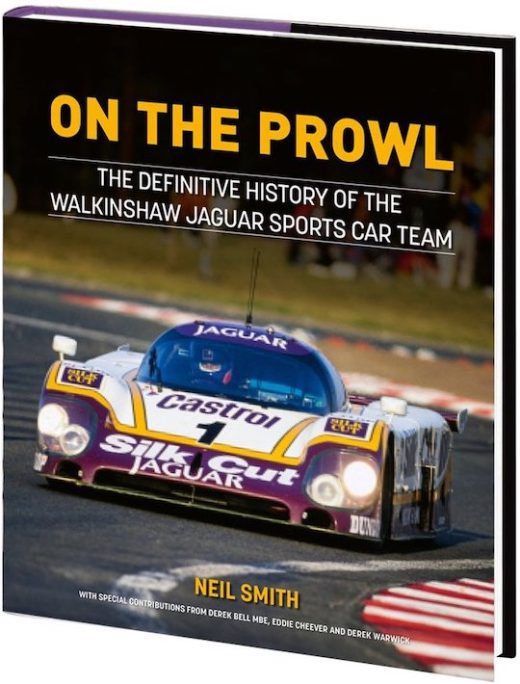 by Neil Smith
by Neil Smith
“It took an alliance between a car industry leader beloved by the media, the markets and the government, and a fiercely determined motorsport professional from a Scottish village to create this success, and what follows is the full story of how they did it.”
Drumroll, please: motorsports readers are definitely yearning for a fuller accounting than the few previous books have offered of this eminently successful and admired team that renewed the Jaguar marque’s luster.
And another drumroll, before we even put the book under the microscope: this is one of the two titles that inaugurated David Bull Publishing v2, the new era after the 2019–2024 hiatus occasioned by the founder’s road accident that ultimately would claim his life in 2021. Oh, heck, another drumroll: the new books display the same high standards as the earlier ones and hint at great and greater things to come.
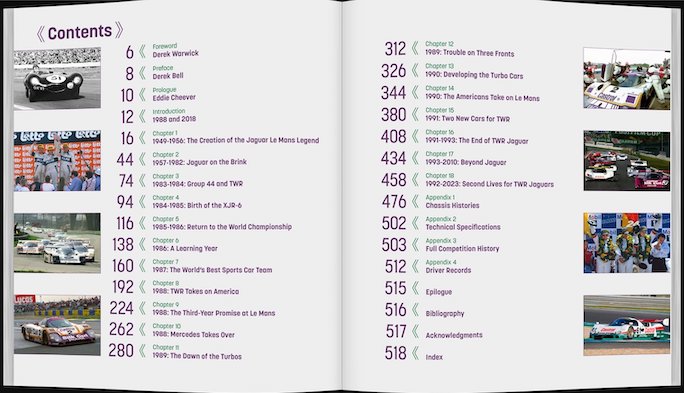
After attending a race, your head will be aching for some time from sensory overload. After reading this book your head will be aching for some time too. This is not a bad thing, and all we mean to say is that a book that is on full song cannot just be put away after reading the last page but needs to be digested which, especially in this case, means recalibrating what you thought you knew or read. (Thanks to an extra fine multi-pronged Index you’ll always know what page to return to.)
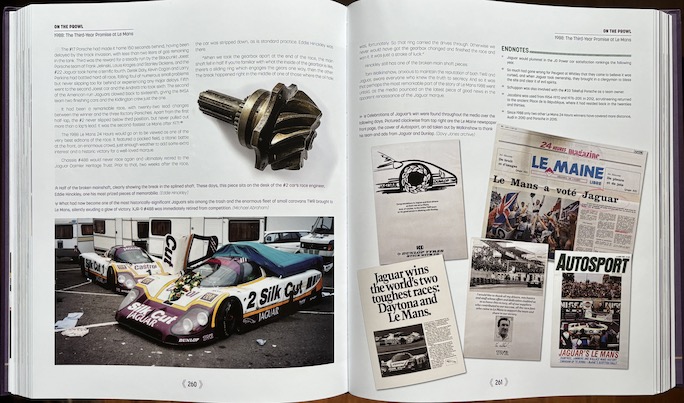
To the power user, endnotes (r) are absolutely essential. If they are placed, as here, right at the end of their respective chapter, all the better. But let’s be realistic, this works fine only in one direction, forwards, i.e. from the callouts in the text to the notes. If you need to do it the other direction, as any power user would, how often have you cursed the fact that you now have to hunt for the tiny superscript callouts buried in the text?? Not in this book: the callouts are in boldface! Still small, of course, but it’s the sort of design choice that shows someone thought about making the book work better. (Although . . . turning endnotes into footnotes . . . jackpot.)
The seasoned motorsports reader knows of course that race car history is a slippery fish. The overall cradle to grave, soup to nuts TWR story must have seemed especially so because the only two meaningful prior books applied themselves to only specific episodes (Allan Scott [he managed the engine division] in 2012 with TWR and Jaguar’s XJS: Inside Tom Walkinshaw’s Group A Racing Team, and John Starkey with TWR’s Le Mans-winning Jaguars in 2021).
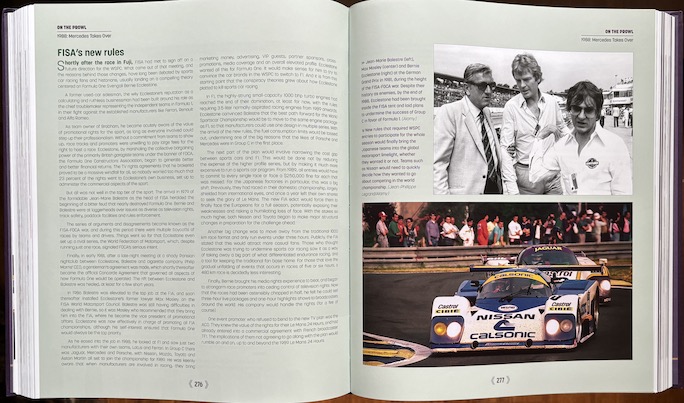
Sidebars further expand the scope, presenting ancillary topics such as here, rule changes. On this particular spread there is what seems like a throwaway remark but it could really be the author signaling “deeper meaning”: Bernie Ecclestone (the short guy in the photo) plays an outsize role on the admin side of the sport. He is here characterized as “Formula One Svengali” and also “wily.” That kind of language obviates the need for further exposition while still guiding the reader’s perception.
Neil Smith subtitled his effort The Definitive History. Bold words, but thanks to a deep bench of interviewees, contributors, and providers of source material it really is, yielding an almost 600-page honker that bookends the TWR activities with Jaguar making a name for itself at Le Mans on one end and the post-TWR careers of the cars on the other. Consider, for instance, that no fewer than three luminaries ring the starting bell: Derek Warwick (Foreword), Derek Bell (Preface), and Eddie Cheever (Prologue). All were principal agents in this very story and would know what’s what. And Smith himself puts writers of Introductions to shame because he tells readers why the book matters to him and therefore should to them. He connects all the dots between his dad taking him to the races as a kid and 40 years later looking at old race programs wondering what had become of those cars, those cool Jaguars campaigned by TWR when he had his first whiff of wanting to be a “scholar of sports car racing and its history.” No book had the answers so he set about writing his own.
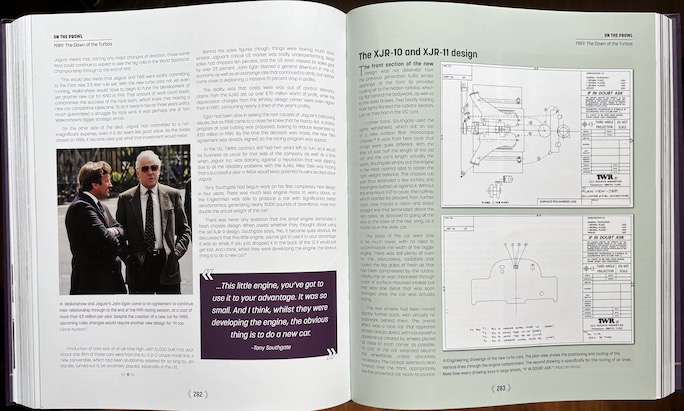
You’ve seen a hundred engineering drawings. But did they say, and in big letters even, “If in Doubt Ask”? Good advice in just about any situation.
This may be Smith’s first proper book but he’s no newcomer to researching and reporting on motorsports, nor is he a stranger to hands-on racing and track activities, as a driver and team owner. He must like writing books because he’s already beavering away at his next one, about a related subject, Group 44: Bob Tullius and the Rise of Professional Sports Car Racing in America, cowritten with John Nikas (for Dalton Watson, available early 2025).
Without the groundwork laid by chapters 1 and 2—1949–56 the plot points on the graph rising ever upward and then sinking down, down, down 1957–82 as Jaguar suffers from poor decisions and mindless corporate overlords—the enormity of the TWR effort and achievements would lack depth. Also, it helps the new reader to grasp how motorsports “works” and how a carmaker negotiates the making of road cars side by side with a sustained top-level racing program. The book touches on all the relevant personalities, race cars, and technologies of the period, as well as sporting regulations. In other words, everyone will find something here.
The book is light on nano detail on the technical side, which cannot be counted as a demerit because the literature on that is ample. Turbo developments play a big role in TWR’s cars so that topic is well developed. Photographically (there are few drawings, technical or otherwise) the book is strong, with many images new to the published record. Realia such as correspondence and brochures etc. round out the picture. Much of this material finds a place right near where it suits the body copy best, which is never easy to pull off, but sometimes reducing image size is the necessary compromise.
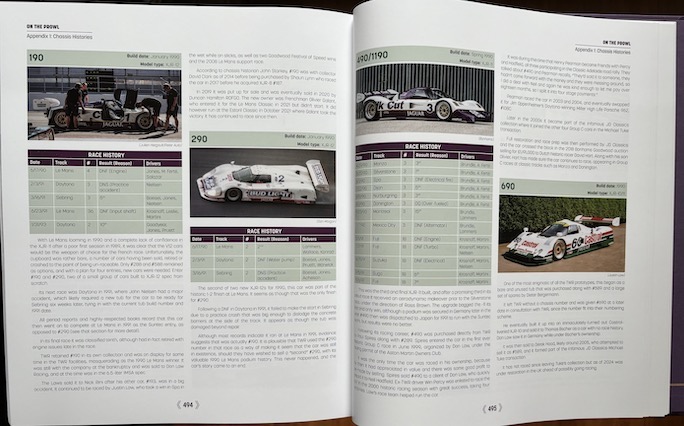
Appended are chassis histories, always a sticky subject. How sticky? “Not surprising then, that, when asked why TWR renumbered some of the XJR cars, a senior TWR mechanic told the author, ‘I know exactly why, and I can’t tell you. I can’t tell you because it would probably cause some legal problems.’”
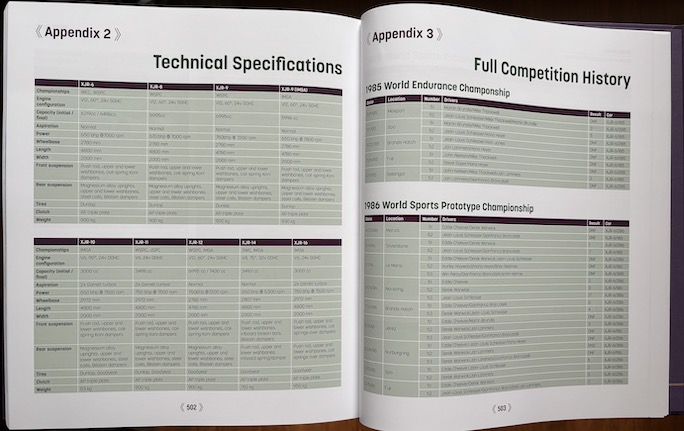
Copyright 2024, Sabu Advani (speedreaders.info).


 RSS Feed - Comments
RSS Feed - Comments
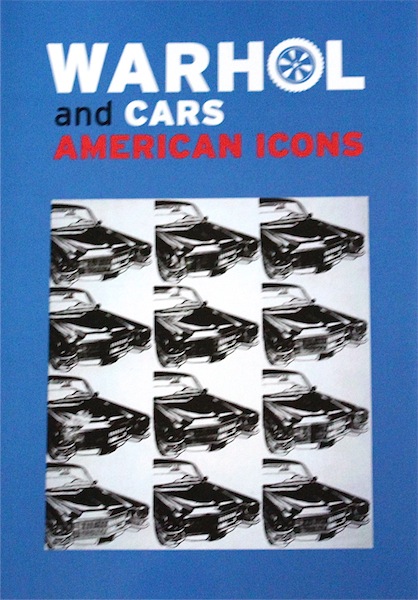
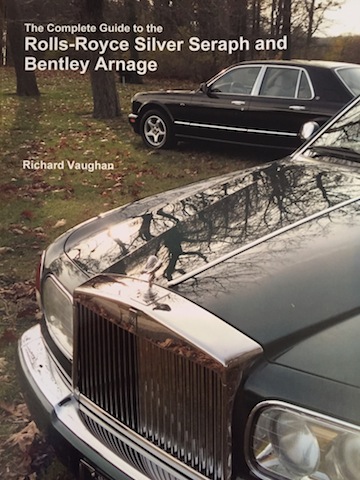
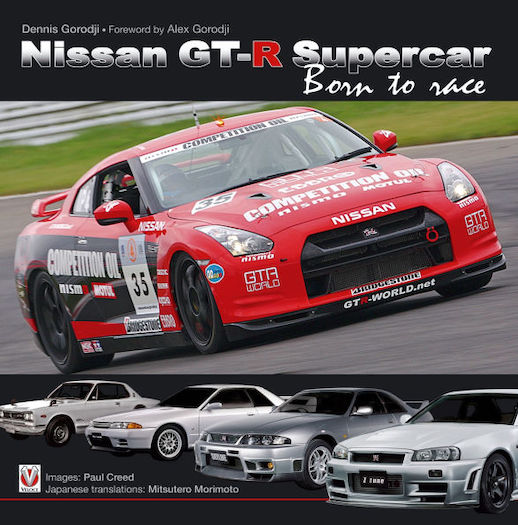
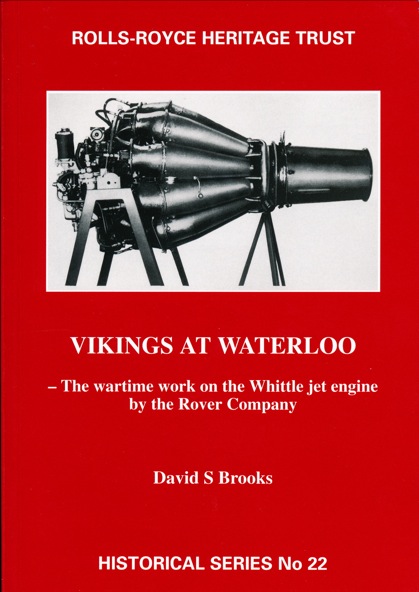
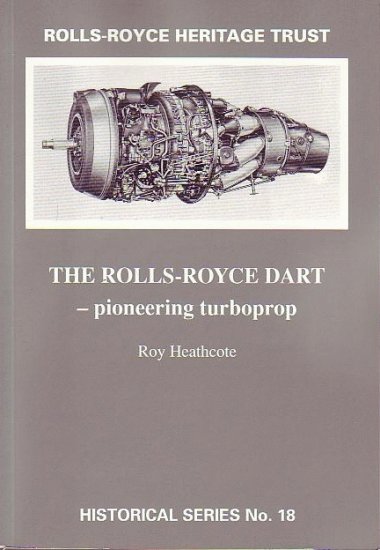
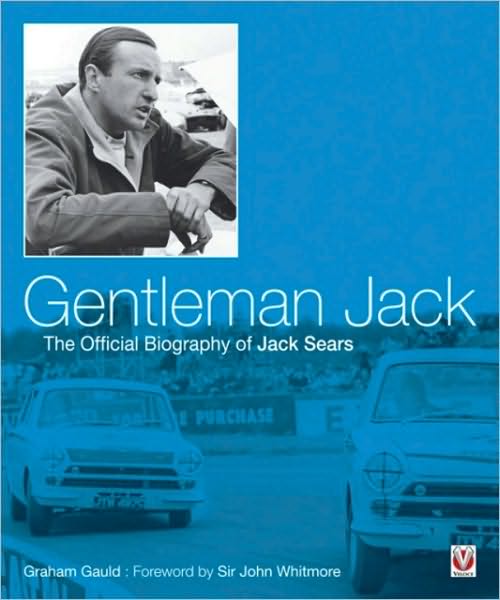
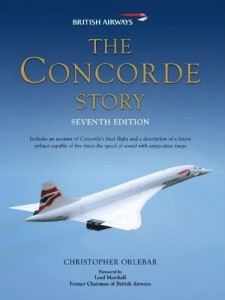
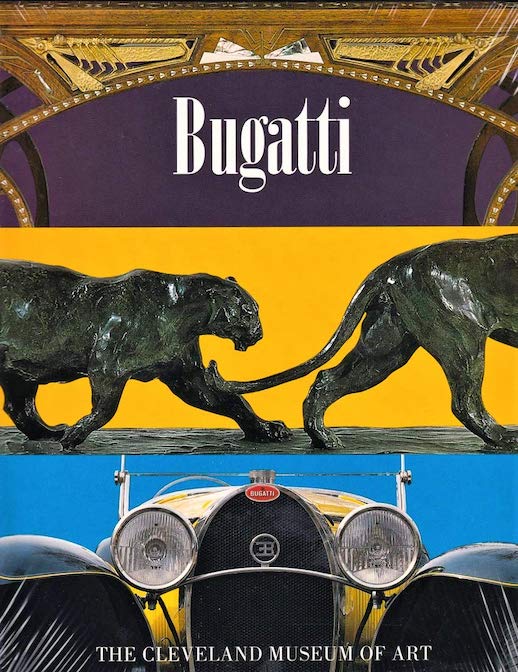
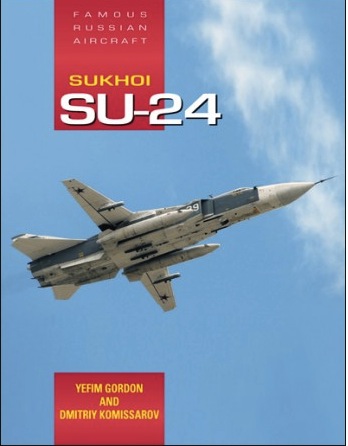
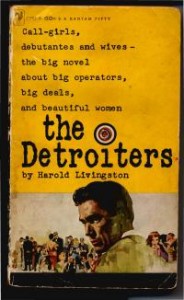
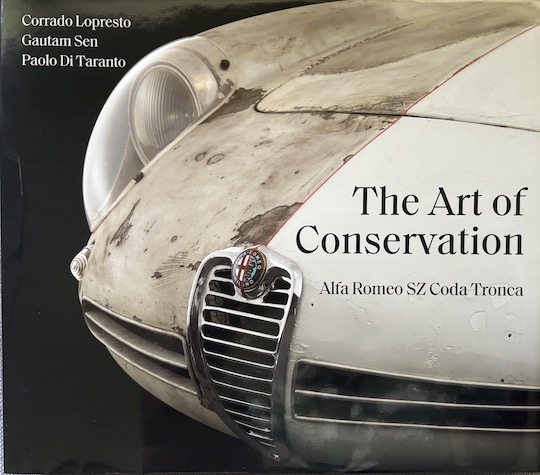
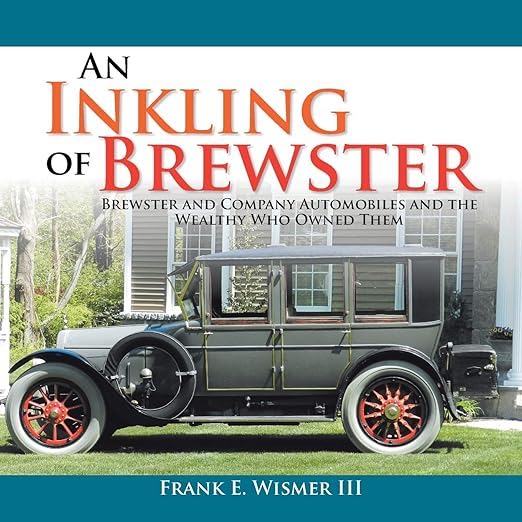
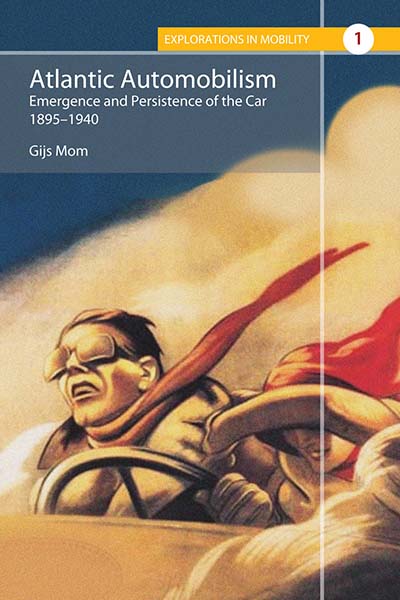
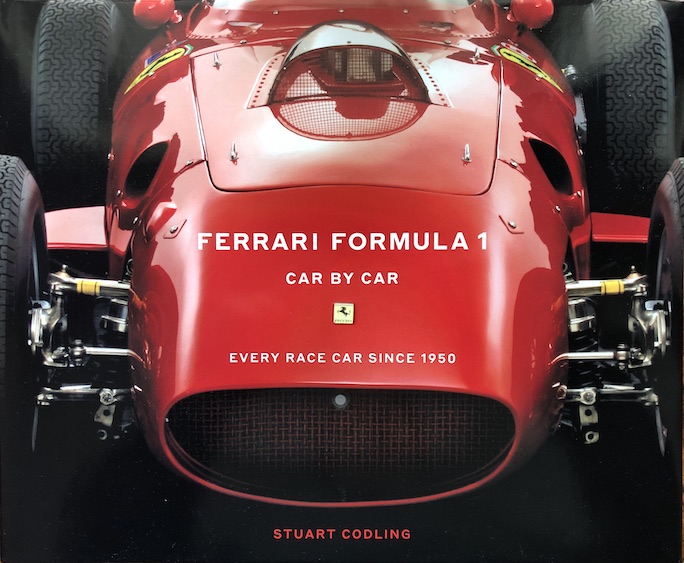
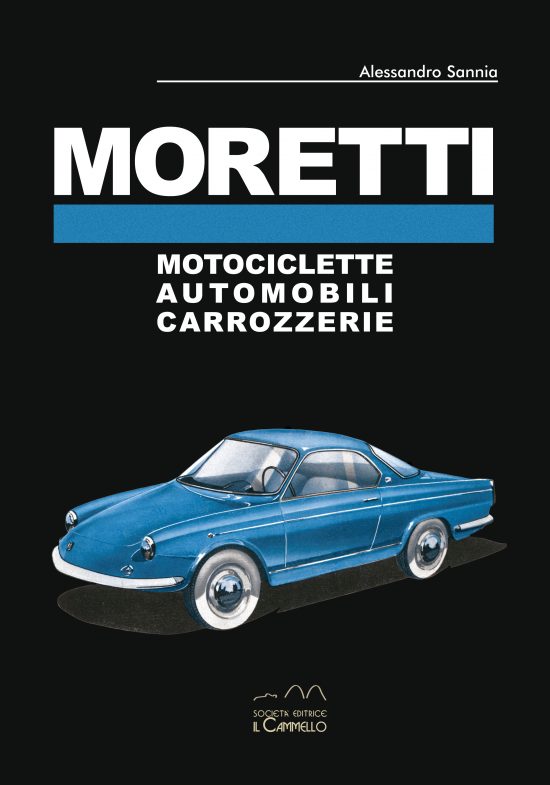
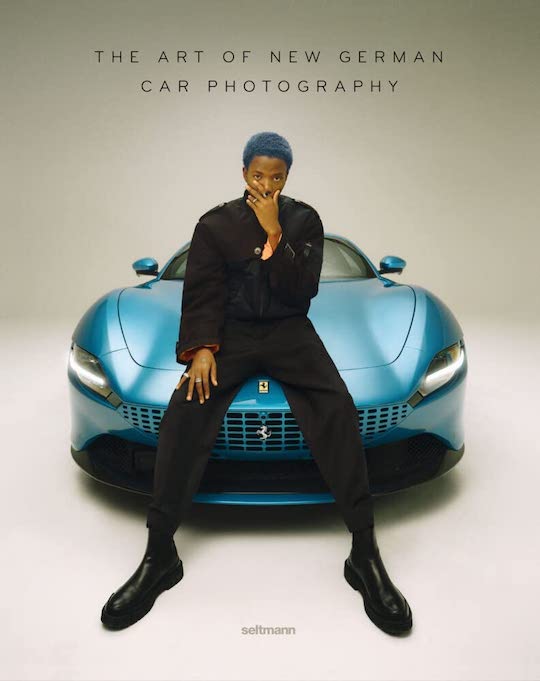
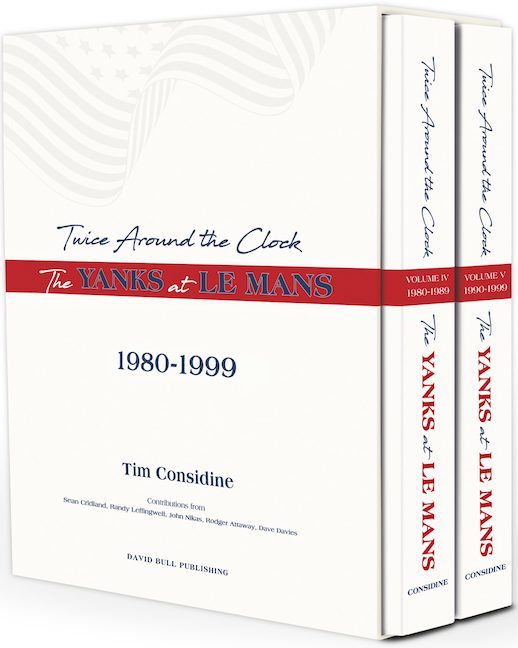

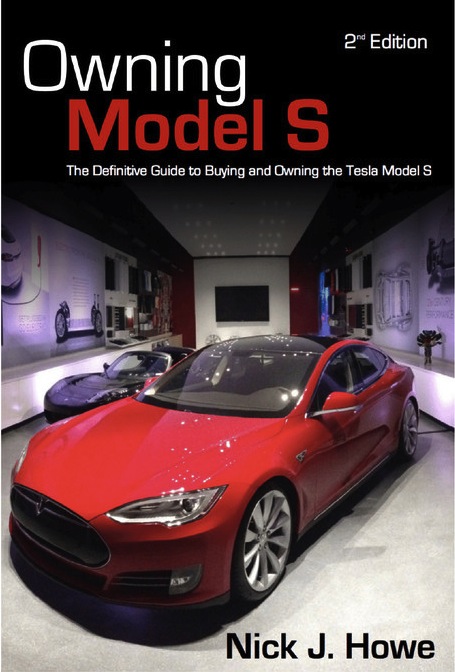

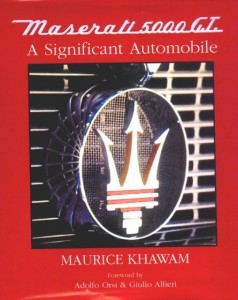

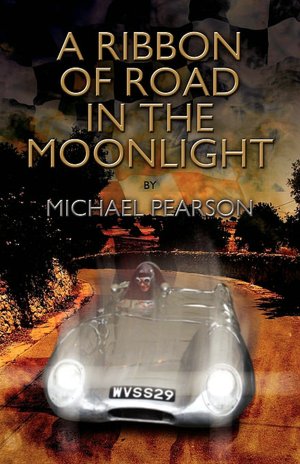
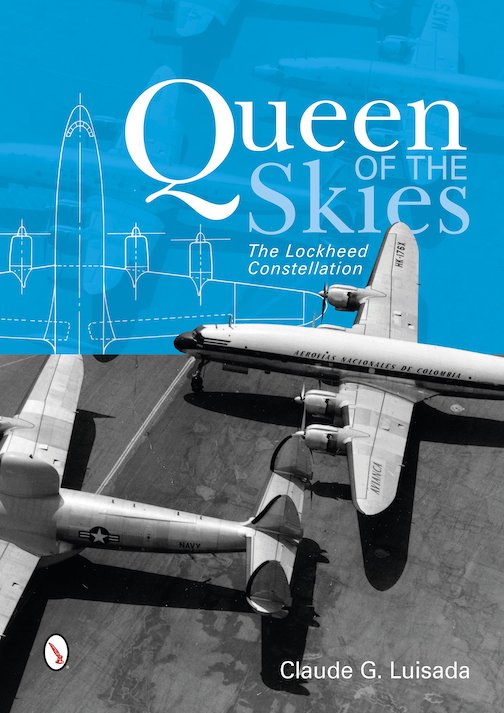
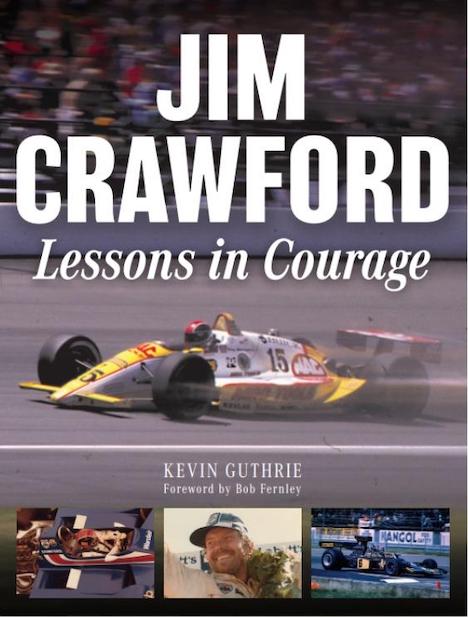
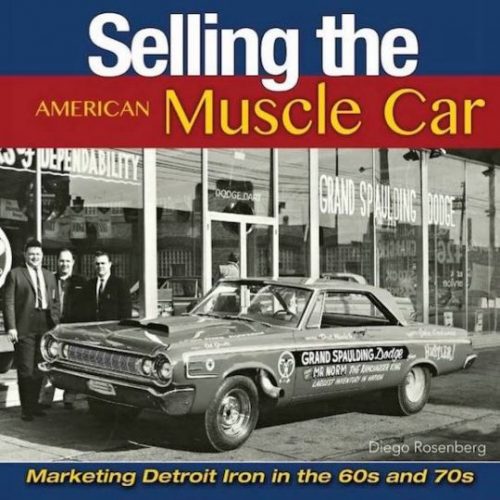

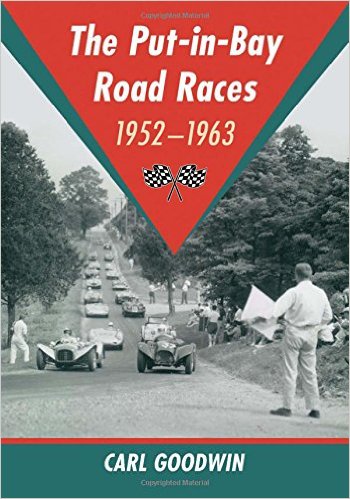

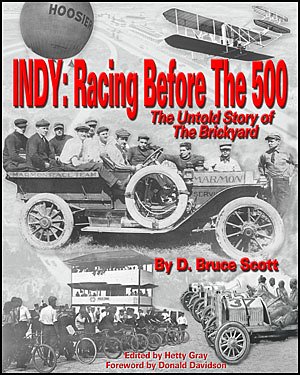
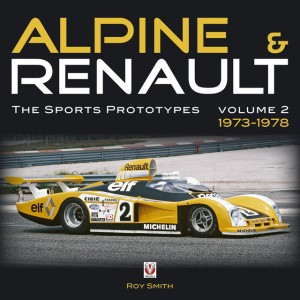
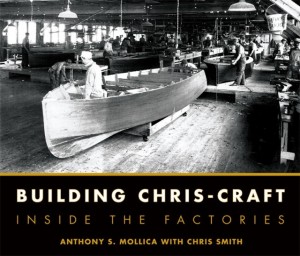
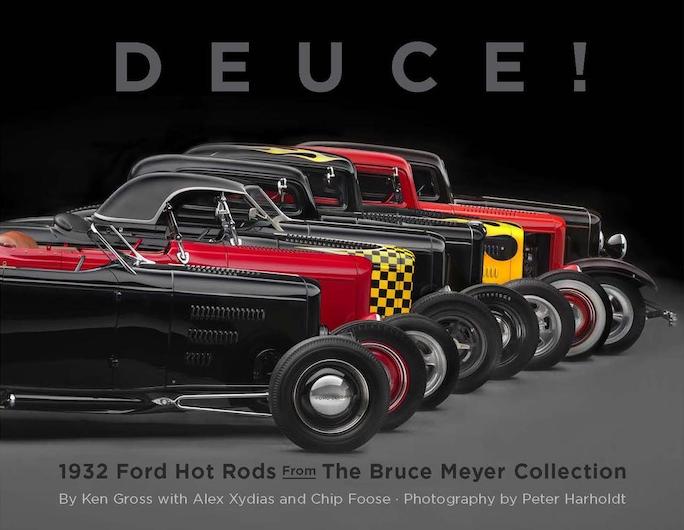

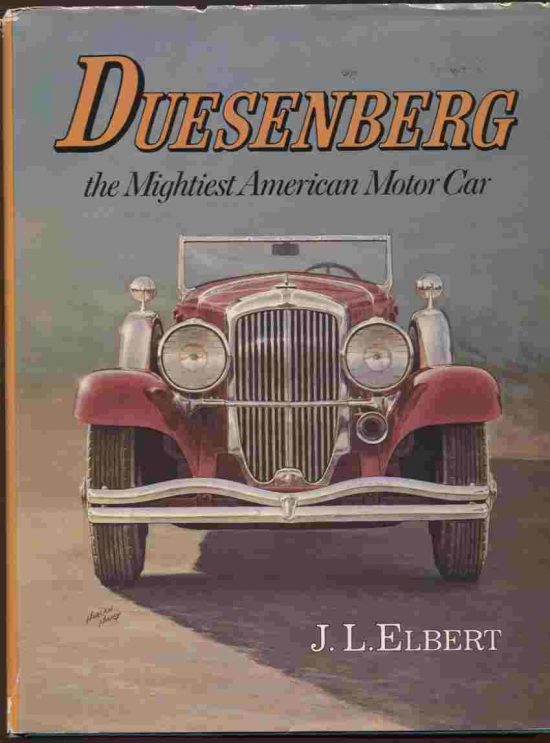

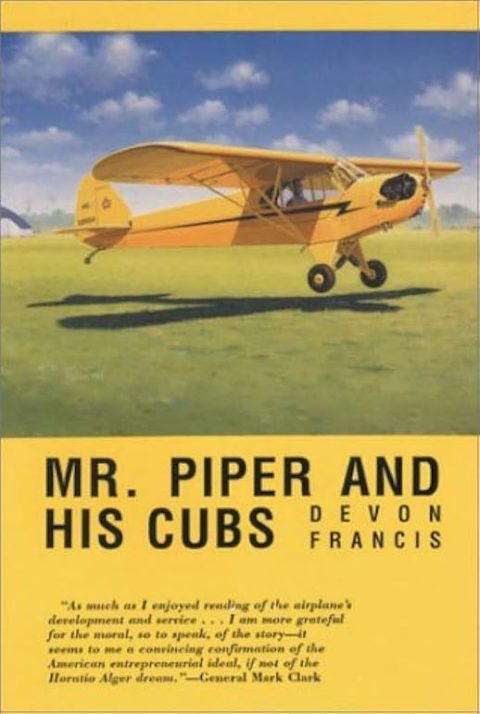
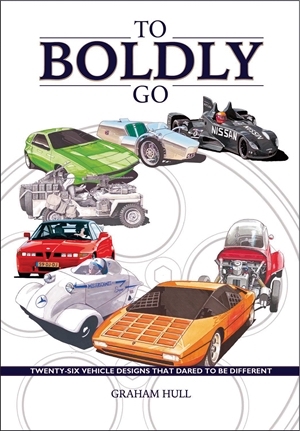
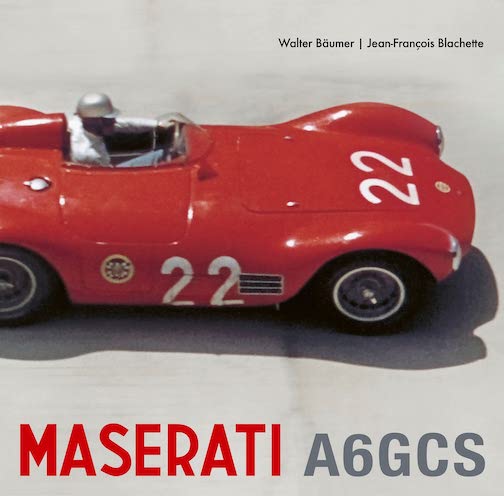
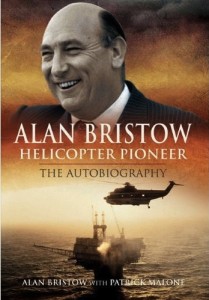
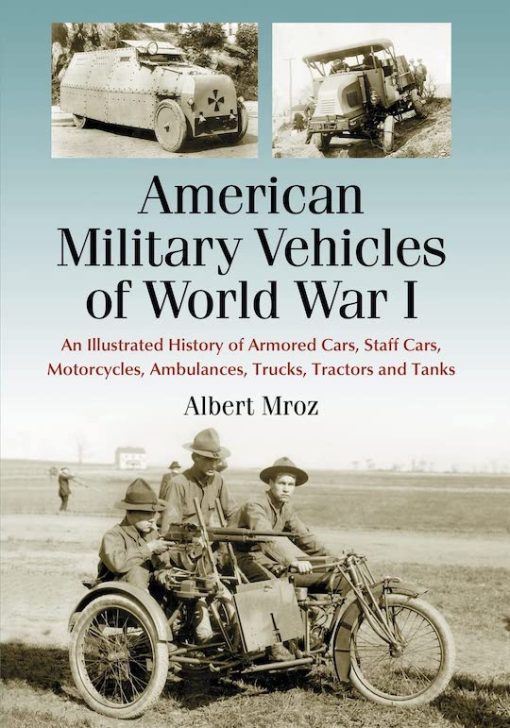
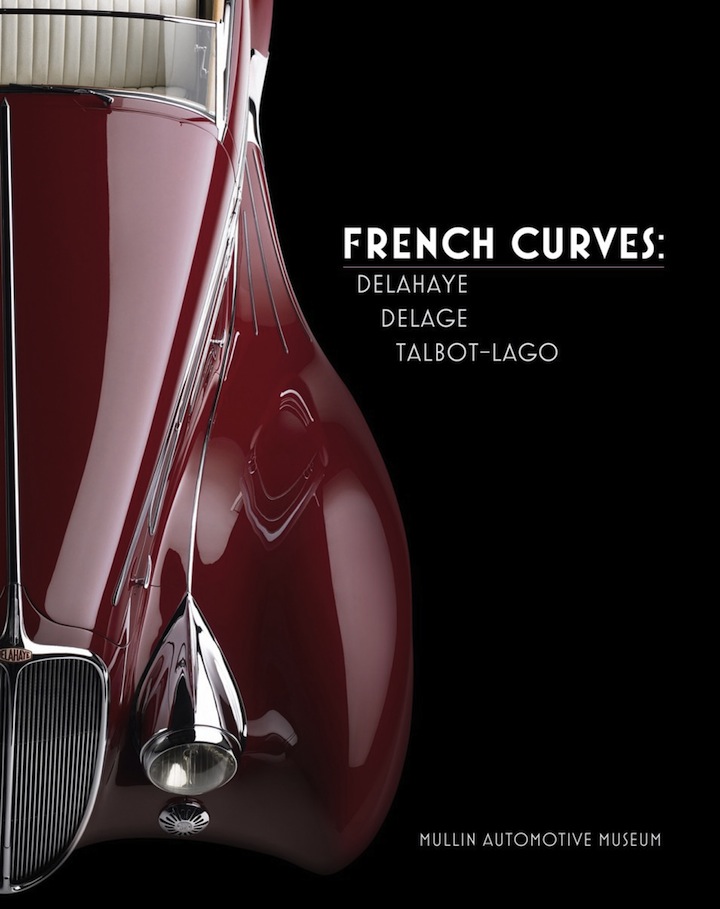
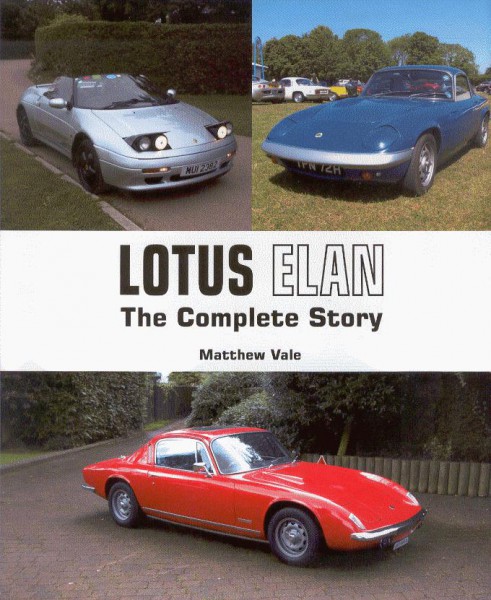
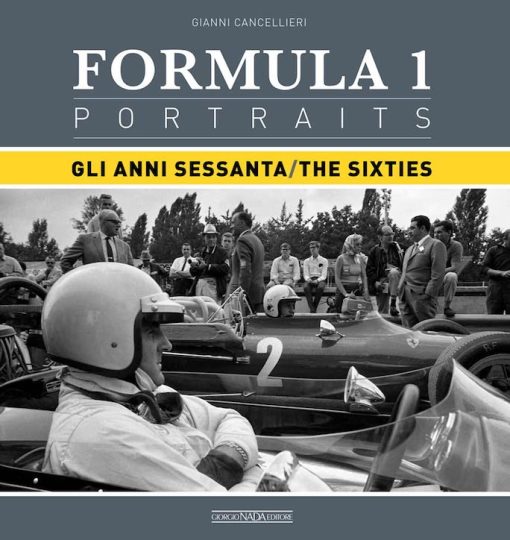
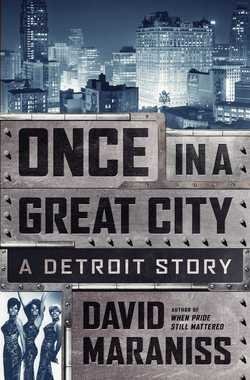
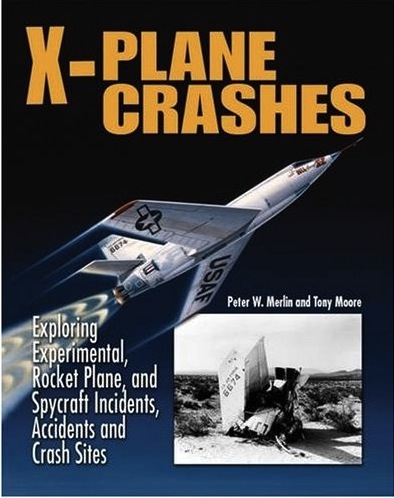
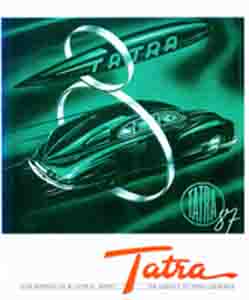
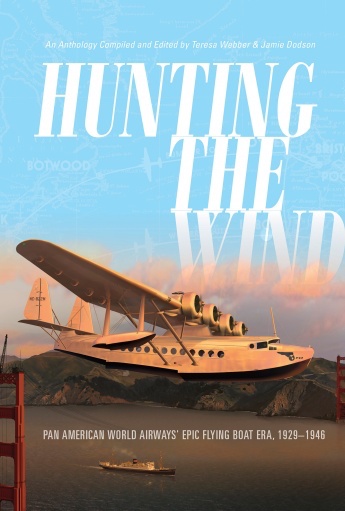
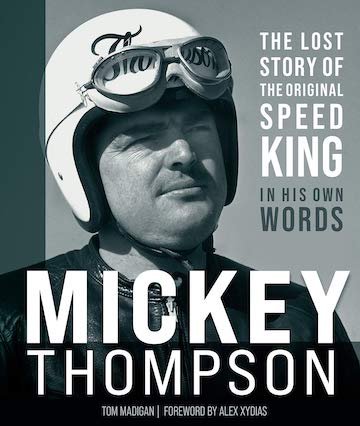
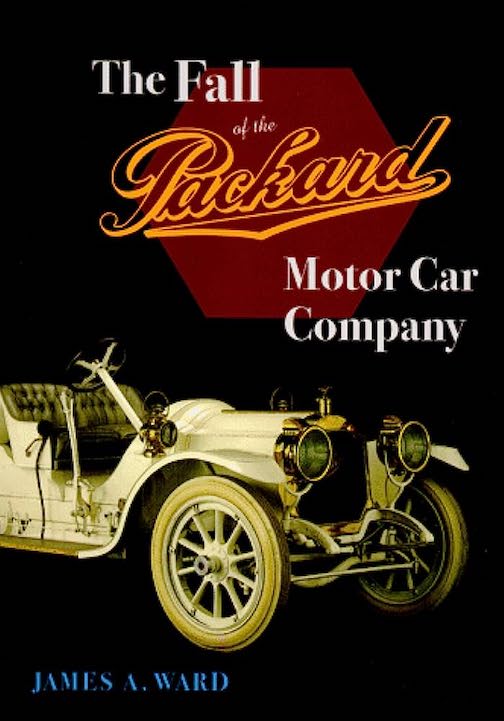
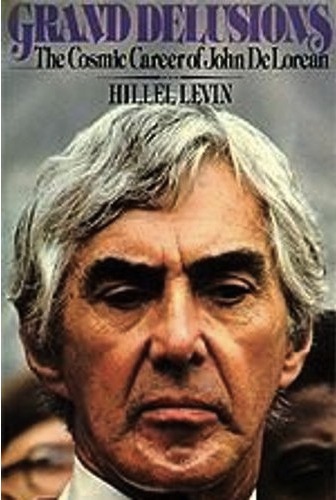
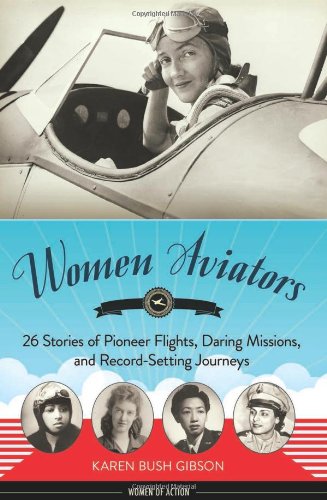
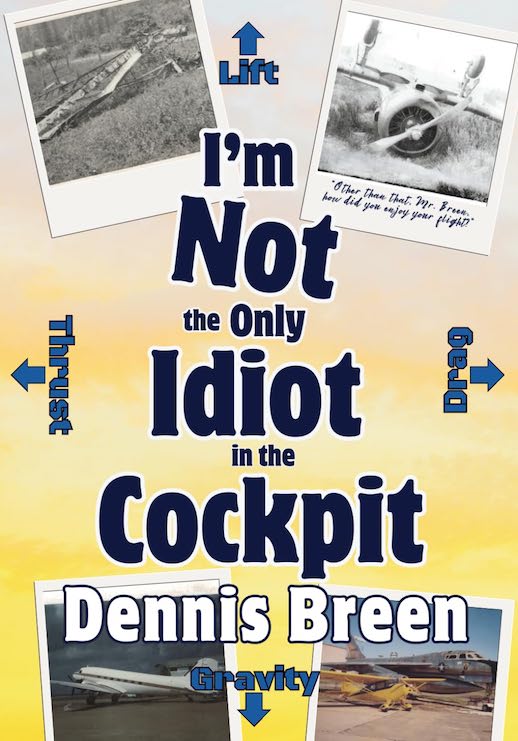
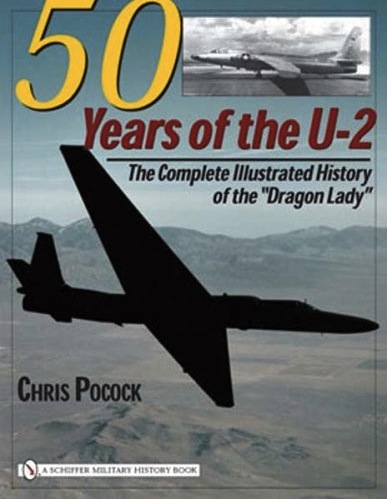


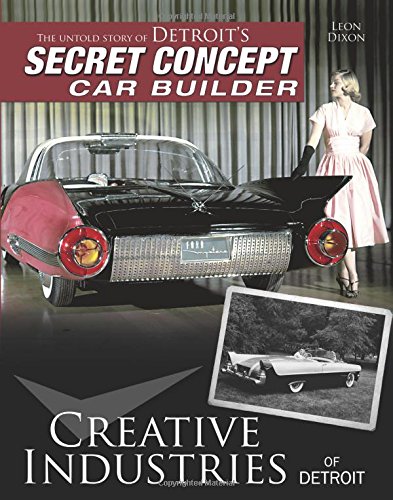
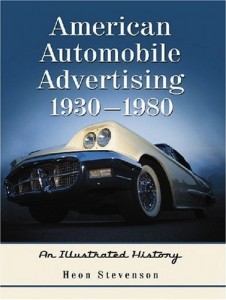

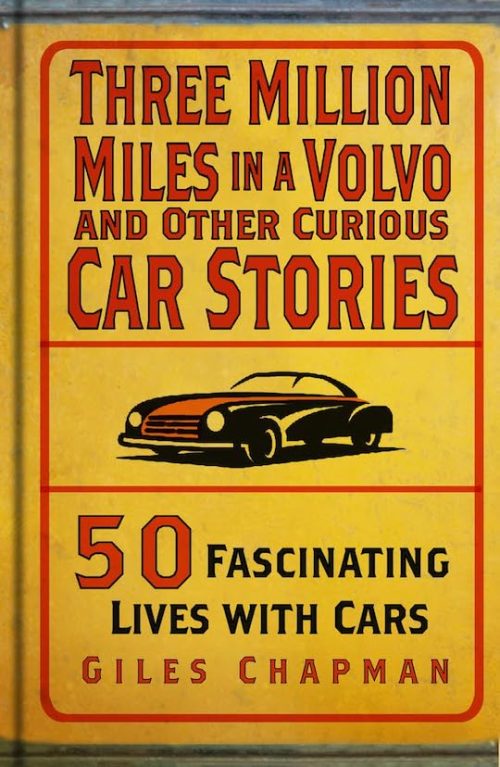



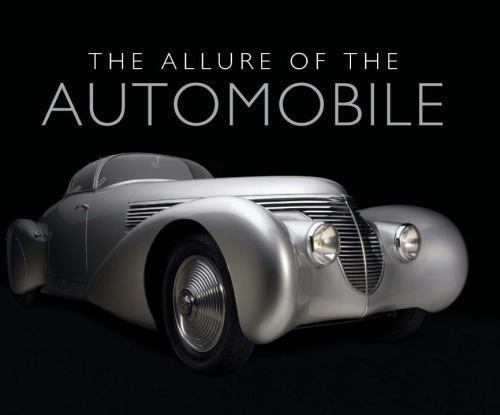


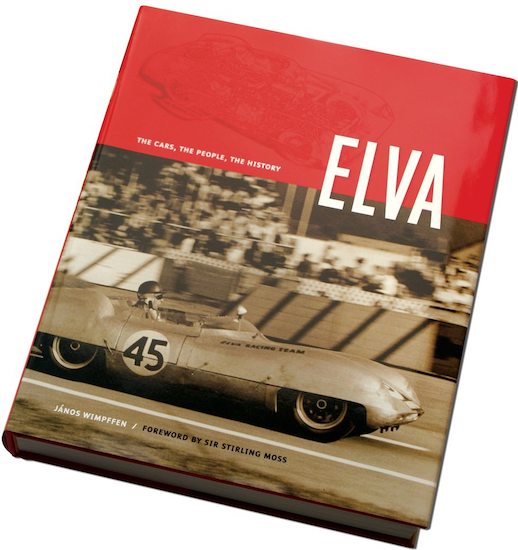



 Phone / Mail / Email
Phone / Mail / Email RSS Feed
RSS Feed Facebook
Facebook Twitter
Twitter
Well, there are at least three very meaningful books on the TWR Group C’s:
– Bamsey’s short but very detailed book on the V12’s up to the 1988 Le Mans win;
– Allan Scott’s on the entire V12 cars’ history up to 1993 (the sequel to the XJS book);
– and finally, Leslie Thurston’s book, TWR Jaguar Prototype Racers, which is mostly a race-by-race account but the only, until now, to attempt covering the whole saga.
Hopefully, at some point, Scott will publish a final book on the Turbo-engined cars.
I have to say that Mr. Smith did a great job of weaving the story of the people who worked with the nuts, bolts, carbon fiber and paint along with all the decisions required to put together such a massive effort and commitment by so many people at all levels. With so many years past comes some clarity to how all this happened and this book puts it in writing. I was happy to be interviewed to add my recollections of our participation. I’m glad I took some pictures to remind me of what went on and some are shared in the book. I learned a lot that went on that I was not aware of as everyone was immersed in their work to make the deadlines.